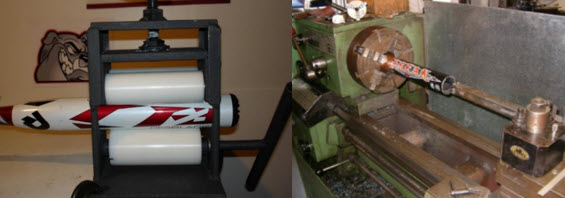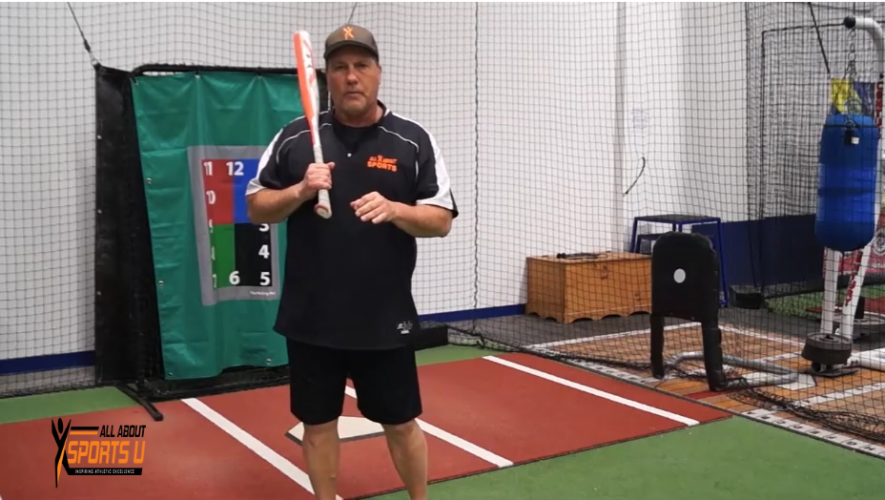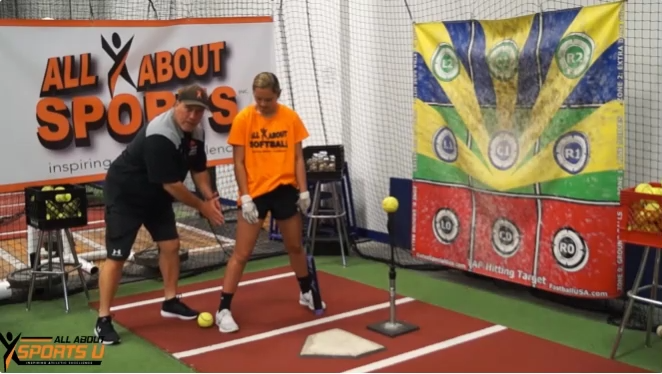If you’re a baseball or softball fan, you may be familiar with the term “bat rolling.” Bat rolling is the process of using a machine to compress the fibers inside the barrel of a baseball or softball bat, which can result in greater distance and power when hitting. While it may sound like an easy way to improve your game, there are some important legal and ethical concerns to consider. In this blog post, we’ll dive into the legality of bat rolling and explore the secrets behind it. We’ll also discuss the potential benefits and risks of bat rolling.
Bat rolling has become a hot topic of discussion in the world of baseball and softball. If you’re new to the sport or haven’t heard of bat rolling before, you might be wondering what exactly it is and why it has sparked such controversy.
In simple terms, bat rolling is a process that involves applying pressure to a baseball or softball bat to break it in and enhance its performance. The goal is to loosen the composite fibers within the bat, allowing it to flex more easily upon contact with the ball. This, in turn, can result in increased distance and power when hitting. The process typically involves the use of a bat-rolling machine, which applies controlled pressure along the length of the bat.
The bat-rolling process typically involves placing the bat between two rollers and slowly applying pressure while rotating the bat back and forth. This helps evenly distribute the pressure and prevent any potential damage to the bat.
However, the legality of bat rolling is a point of concern. While some leagues and organizations permit bat rolling, others strictly prohibit it. The reasoning behind this is to maintain a level playing field and prevent certain players or teams from gaining an unfair advantage.
It’s worth noting that while bat rolling can provide noticeable improvements in performance, it also comes with potential drawbacks. Excessive rolling can weaken the bat’s structure, making it more susceptible to cracking or breaking. This raises concerns about player safety and the durability of the bat over time.
The legality of bat rolling in different leagues
Understanding the legality of bat rolling in different leagues is crucial for any softball / Baseball enthusiast. Bat rolling is a process that involves compressing the fibers of a baseball/Softball bat to enhance its performance. While it may seem like a simple technique to improve a player’s hitting ability, it is essential to know the rules and regulations surrounding bat rolling in various leagues.
In professional baseball, bat rolling is strictly prohibited. Major league baseball (MLB) has stringent rules in place to maintain fairness and integrity within the game. Any form of bat alteration, including bat rolling, is considered illegal and can result in severe consequences for players, such as fines, suspensions, or even bans from the league.
However, the rules regarding bat rolling may vary in other leagues, such as high school, college, or amateur leagues. These leagues often have their own set of guidelines and regulations, which may allow or restrict bat rolling to varying extents. It is essential for players, coaches, and teams to familiarize themselves with the specific rules of their respective leagues to avoid any penalties or disqualification.
In some cases, leagues might permit bat rolling but with certain limitations or restrictions. For instance, a league may allow bat rolling but only if it is done by an authorized professional and within specific parameters. This ensures that the process is controlled and prevents any unfair advantage from being gained by players.
It is worth noting that even if bat rolling is allowed in a particular league, it is always advisable to prioritize fair play and sportsmanship. While bat rolling can enhance a bat’s performance, it is essential to remember that the game should be played within the boundaries of the rules and regulations set by the league.
Coach Tim and All About Sports U do not endorse Bat Rolling!!








